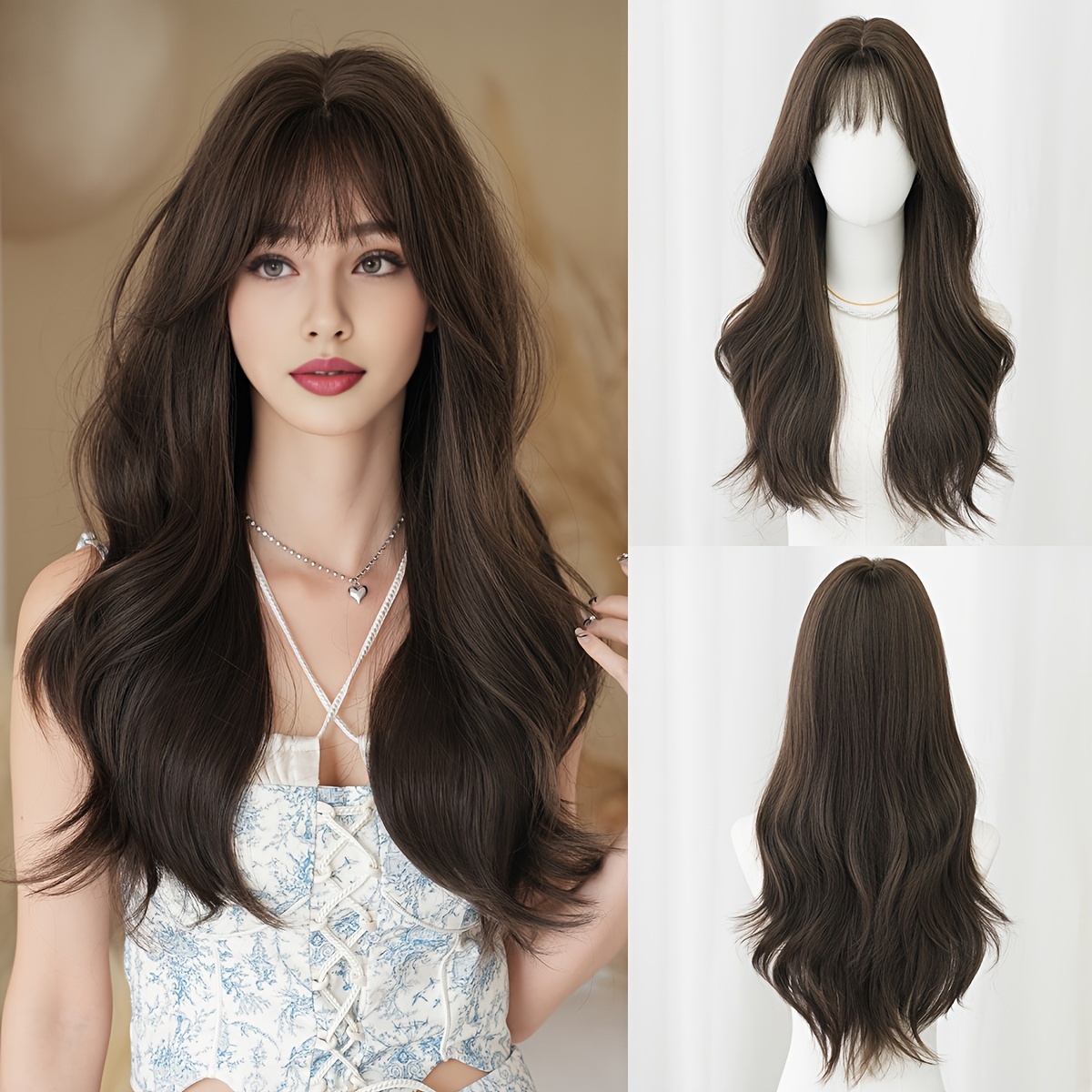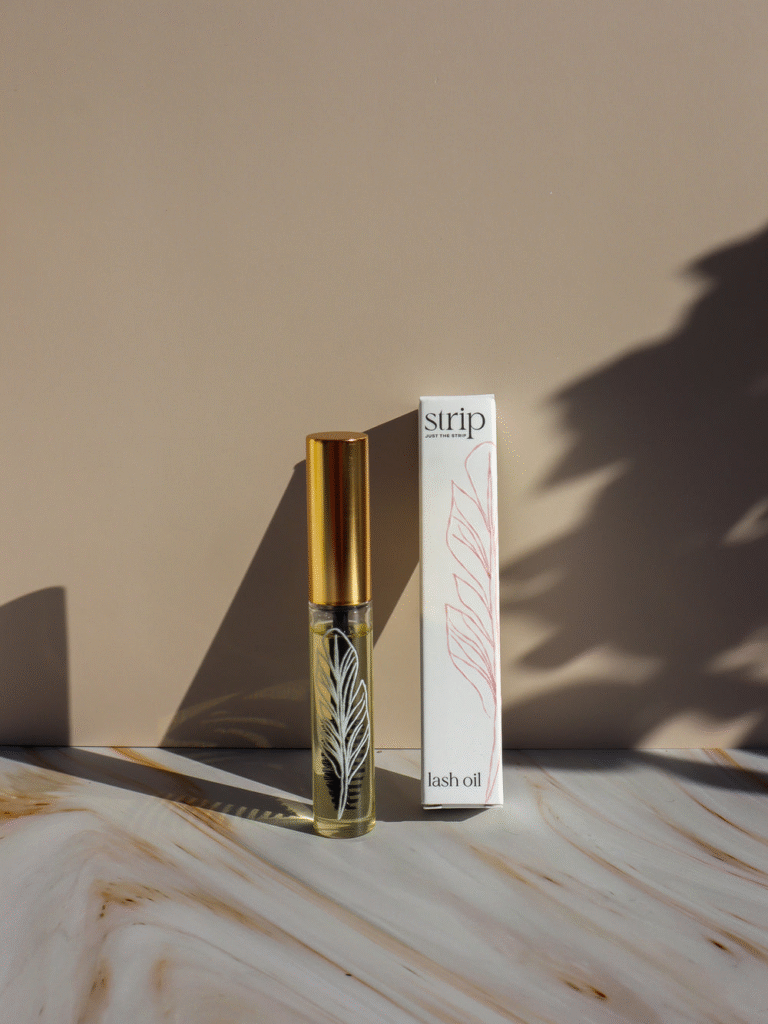All-conquering lovable
It is really hard to imagine that we are approaching a ten years given that Kyary Pamyu Pamyu reignited international fascination in Japanese kawaii with her 2011 hit track “Ponponpon.” Probably “reignited” is an inappropriate phrase for one thing that has in no way stopped smoldering, but it is tough to deny that the music, or extra precisely the arresting video clip by art director Sebastian Masuda, kicked up some sparks.
Considering the fact that then, kawaii street culture in Japan may perhaps have come to be a very little considerably less flamboyant, a lot to the disappointment of pre-COVID-19 holidaymakers out on safari in Harajuku, but no a lot less culturally pertinent. Present-day youth manner for each men and ladies continues to be decidedly on the boyish and girlish stop of the spectrum, pushing again everyone’s graduation into “grown-up” fashion.

Enter Peche, the grownup-oriented variation of teenager ladies trend magazine Larme, whose 2nd difficulty went on sale in print and by way of down load on April 21. From the visuals, it could be tricky to guess that the readership is assumed to be around 25, but the self-proclaimed mission statement is distinct — this is for older people who want to pick youthful kawaii in excess of kirei (“pretty,” but the nuance indicates adult magnificence).
The journal capabilities as an appealing harmony in between getting into adulthood whilst remaining lovable, a bible for approaching the buffet of accountability and finding and picking just what type of grownup you want to be. For all the infantile frills and blushing versions, articles in the magazine on “Feminism for the Reiwa Generation” and “Femtech” (devoted to the latest start management and female hygiene improvements) present the uninitiated with something of a contradiction between the perceived subservient look and empowerment.
This is almost nothing new in the grand scheme of issues the actual exact same line was walked (in distinctive manner) by the Lolita era that acquired traction in the early 1990s. The decision to opt out of culture by not expanding up to turn into “part of it” is as punk as it goes, even if styled as a polite and tasteful middle finger.
It is easy to picture the kawaii, however sensual, style and makeup of a magazine like Peche locating an effortless audience in parts of East Asia, but the general youthfulness of the glance is more of an issue when it arrives to the West.
The connotations of youngster sexualization, and of youthful ladies in unique, has often been a cultural stumbling block, over and above the physical issue of apparel dimensions, that has held Western appreciation of kawaii mostly distant. Nonetheless, you would have to have experienced your head in the sand to not see a variation of this adult kawaii manifest in on the internet lifestyle in the West, particularly when wielded by subcultural “e-girl” icons.
This subversive subcultural ingredient is the vital sweetener necessary to make the previously saccharine couture cocktail do the job for Western intake. Truthful sweet won’t do: It ought to be ironic. For a situation study, just one can appear to manner brand name Rurumu from designer Kanae Higashi, who held her first ever runway demonstrate in the Tokyo Tower Media Centre on April 20. Her debut was a literal witches’ pyre for her personal grunge-tinged gang of magical women to march close to.
As a stylist and movie director, Higashi is no stranger to doing work with the sorts of idols and models who introduced kawaii fashion to the Japanese mainstream. But Higashi has normally had loftier ambitions as a designer, slicing her enamel functioning for Mikio Sakabe and standing in her personal correct due to the fact 2019.
Rurumu’s model of developed-up kawaii is tinged with ’90s Courtney Really like-esque “kinderwhore,” but with Japanese subcultural taste. At a look, the collection was like a teenage girl’s scrapbook or current-working day Tumblr produced flesh, but on nearer inspection Rurumu’s complex proficiency in knitwear, tulle and other adornments produced it 1 of the far more unforgettable collections to arrive out of the spring.
See the whole runway demonstrate from Tokyo Vogue Film at bit.ly/TFF-rurumu.
At household on the street

Just one of the subversive means kawaii has observed alone seeping into men’s wardrobes is in the over-all sense of boyishness and deficiency of conventionally masculine silhouettes on the racks. Sneakers, not durable boots loose, flowing silhouettes that avoid defining the shoulder playful, not intense.
It has led to a great deal of informal menswear resembling pajamas, some thing that has labored instead perfectly in getting ready the vast majority of the populace for an significantly at-dwelling way of life.
Seizing this zeitgeist is new model Heya Dress in from The Accommodate Company, which released on April 20. The manufacturer aims to make dresses that perform in all settings, meaning you could go from bed room to business with out shifting your jacket.
Embodying the spirit of the selection are anti-crease, washable and waterproof drawstring match trousers (¥6,600 including tax) that unquestionably suit the monthly bill, nicely paired with a louche tailor-made jacket (¥9,900 together with tax).
Heya Wear’s selection can be purchased from the consolation of your individual household at bit.ly/heyawear.
In a time of equally misinformation and too significantly information, high-quality journalism is extra crucial than ever.
By subscribing, you can support us get the story appropriate.
SUBSCRIBE NOW






